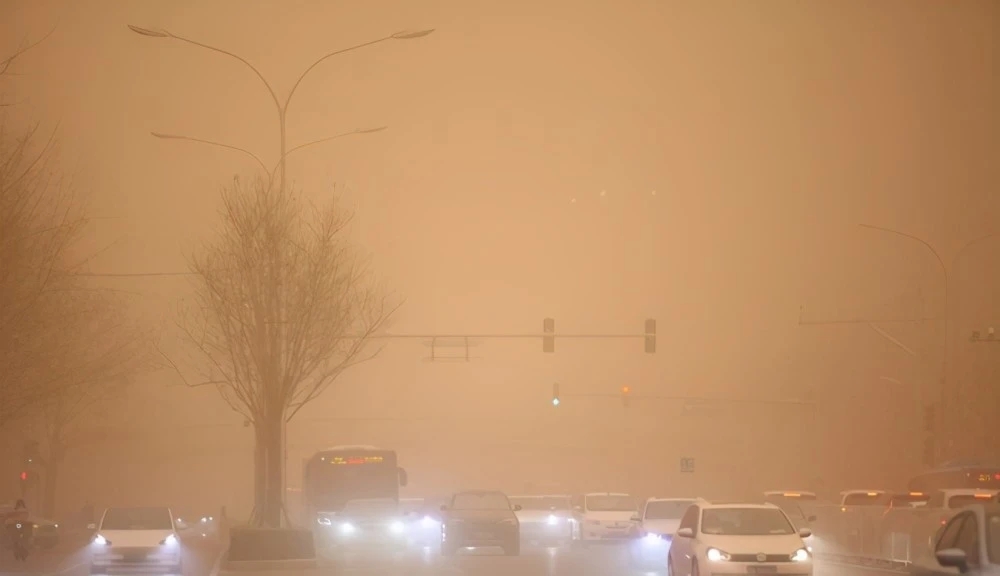The air quality in many parts of the world has been a topic of concern in recent years, with particular attention paid to countries with high levels of pollution. One aspect of air quality that is often overlooked, however, is dust. Dust particles can cause respiratory problems and other health issues, and can also affect visibility and air quality in general. So which country has the dustiest air, and how are they dealing with it?
According to recent studies, the country with the dustiest air is Mongolia. This landlocked country, which shares borders with Russia and China, has a significant problem with dust due to its arid climate and high levels of industrial activity. In the capital city of Ulaanbaatar, which has a population of over a million people, the air quality is consistently ranked among the worst in the world.
One major source of dust in Mongolia is the Gobi Desert, which covers a large portion of the country. The desert is known for its strong winds, which can whip up large amounts of dust and sand and send them swirling through the air. In addition, the mining industry in Mongolia is a major contributor to dust pollution, with large amounts of dust generated during the extraction and processing of minerals.
To deal with this problem, the government of Mongolia has implemented a number of measures to try and reduce dust pollution. One key approach has been to encourage the use of cleaner fuels, such as liquefied petroleum gas (LPG), in households. This has helped to reduce the amount of coal and other solid fuels burned for heating, which is a major source of indoor and outdoor air pollution.
Another approach has been to improve public transportation and reduce the number of vehicles on the road. In Ulaanbaatar, for example, the government has introduced a fleet of electric buses to replace older, more polluting vehicles. In addition, the government has introduced regulations to limit the number of cars on the road and encourage the use of public transportation.
Despite these efforts, however, the problem of dust pollution in Mongolia remains a significant challenge. The country’s booming economy and growing population are putting increasing pressure on the environment, and the effects of climate change are only exacerbating the situation. As a result, it will likely take a concerted effort from the government, private sector, and citizens alike to tackle this problem and improve the air quality in Mongolia.
In conclusion, while many countries face challenges when it comes to air pollution, Mongolia is one of the few that must deal with the issue of dust on a daily basis. With a combination of government policies and individual actions, however, it is possible to make progress in reducing dust pollution and improving the health and wellbeing of the country’s citizens.
 Electric Air Duster Manufacturer in China – Kinzir
Electric Air Duster Manufacturer in China – Kinzir